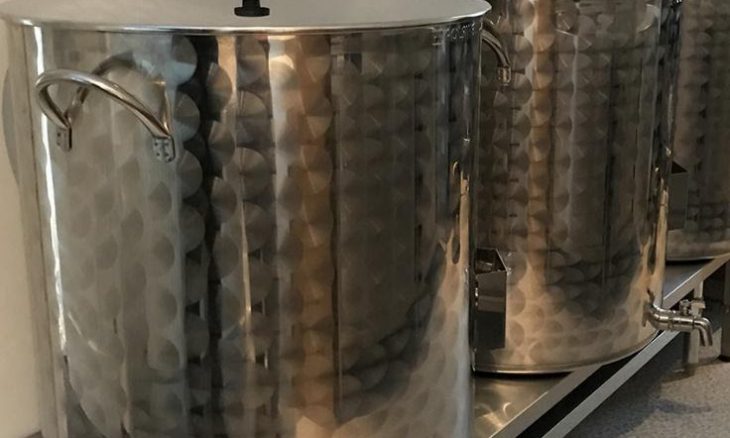
Kefir is typically a fermented food that’s rich in probiotics and yeast, or healthy bacteria, which helps digestion. Generally, kefir is made by putting kefir grains to a specific open jar of milk, usually raw cow’s or goat’s milk, and letting the milk to remain at room temperature for approximately 24 hours. This article is about the Best Way to Store Milk Kefir Grains.
You can consume the thin, yogurt-like solid while the grains are used to create more kefir. When not in use, you can store kefir grains for short periods to actively create kefir. There are three main options you can use to store your grains. Visit growth to learn more.
- Fridge Method
Generally, the fridge method is most likely the most convenient and most straightforward. Typically, it works great when done occasionally.
– Simply put your grains in a clean jar
– Ensure the grains are fully submerged in milk by pouring fresh milk over the grains. Don’t mind about the amount of milk you use, as long as they’re fully submerged. For those who’re planning to store longer than a week, you can add more milk. Ultimately, however, it doesn’t matter that much
– Using the lid, cover, and store for like a month. Ensure to stay away from cold spots that have the possibility of freezing. If not a few years of storage, it will survive a few months. After about a month, however, there’s an increase in the risk of damage
– Strain your grains from the milk to reactivate grains. Next, place the grains in a fresh jar of milk and ferment normally. Don’t forget that they’re gradually coming out of the fridge. So, for the first batch, use less milk.
Things to Consider When Using the Fridge to Store Grains
If you regularly switch between the fridge and room temperature ferments, it can result in long term complications. After a week or so, you can sense that strange fridge smell, and then it begins to get even more imbalanced. Typically, a few batches will resolve it. However, it’s prudent that you do this technique no more than once a month.
It’s usually just fine if you take a break once a month and do this technique. If you’re doing this technique a couple of times a month, however, then the ferment might slightly change in flavor or consistency. The greatest potential problem is that at times new growth stalls entirely. Besides, if you leave the grains for more than a month in the fridge, they could run into problems too. Storing ginger beer plant and water kefir grains in the refrigerator doesn’t cause these problems.
- Freezing Method
When done correctly, this could be the preferred technique over the fridge method, that goes for short-term storage as well. The grains often recover very quickly, as long as those grains don’t oscillate between freezing and thawing.
Optimal technique for freezing:
– Using unchlorinated water, rinse the grains
– Using a paper towel, pat the grains dry
– Coat grains in your dried milk powder in a food-grade plastic bag or jar
– Safely, put a bag or jar in the freezer for roughly nine months to a year. It will easily survive even longer than a year; however, it might not grow after that or it might change the flavor or consistency.
– To reactivate grains, you need to place jar or bag grains in the fridge for like a day to thaw, after which you can use as usual
Alternatively, you can omit the rinsing and drying part. Instead, strain the grains, then coat in very dried milk powder and then keep in the freezer. For long-term storage, rinsing and drying would be great.
- Drying Method
Of the three options, drying is the least preferred technique. It can have adverse effects on the grains, particularly its growth rate. Ideally, it’s optimal to store the grains in a live state. Dried grains are an excellent option for storing the grains stable on relatively longer transits.
Follow this Optimal Method When Drying:
– Using unchlorinated water, rinse the grains
– Using a paper towel, pat the grains dry
– Lay grains flat on a non-stick surface like baking paper
– Run air over the grains by using a fan. It should take around a day to dry. You can use a dehydrator; however, ensure it doesn’t heat as that can ruin the grains
– Using some dried milk powder, lightly coat the grains’ outer layer
– Re-hydrate the grains in a specific jar of milk in the fridge for a minimum of 6 hours. As usual, take the jar out and then ferment at room temperature
Alternatively, you can skip the rinsing and drying part. Instead, strain the grains and put on a non-stick surface, then run a fan above them. If you fail to rinse and dry, it won’t greatly affect the shelf life. If the storage time is short, you can omit the dried milk powder coating.
I am an Author and what makes me the one is my ability of playing with the words. I also enjoy writing poetry and engaging my audience in my words. I have written for many websites and eBook and gained a good response.

